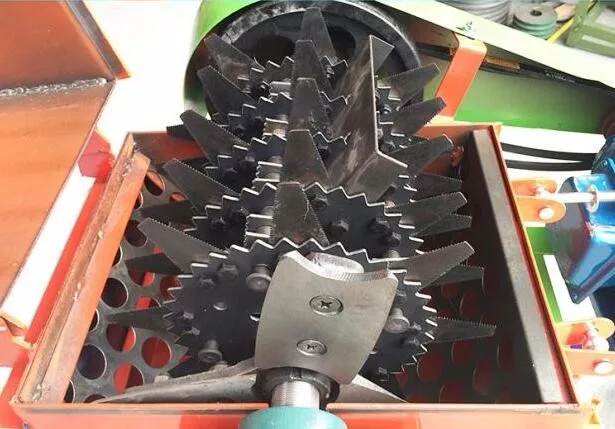Innovative Design Solutions for Efficient and Sustainable Commercial Poultry Housing Systems
Aug . 09, 2024 00:10 Back to list
Innovative Design Solutions for Efficient and Sustainable Commercial Poultry Housing Systems
Commercial Poultry Housing Key Considerations and Innovations
In the world of commercial poultry farming, housing is a critical component that directly impacts the health, productivity, and welfare of the birds. As the demand for poultry products continues to grow, so does the need for efficient and sustainable housing solutions. This article explores the key considerations in designing and implementing commercial poultry housing, as well as the latest innovations in the field.
One of the foremost considerations in poultry housing is space allocation. The amount of space provided per bird is crucial for their welfare, as overcrowding can lead to stress, disease transmission, and lower productivity. The recommended space varies depending on the type of poultry — broilers, layers, or breeders — and their developmental stages. For example, broilers often require 0.1 to 0.2 square meters per bird, while layers might need slightly more due to their more complex behaviors and nesting requirements.
Ventilation is another essential aspect of poultry housing. Proper airflow helps maintain a stable environment by reducing heat and humidity, which can be detrimental to the birds' health. Modern poultry houses are often equipped with advanced ventilation systems, including natural ventilation through vents and mechanical systems such as fans and ducts. These systems not only keep the air fresh but also help control odors and reduce the concentration of harmful gases like ammonia.
Lighting plays a significant role in poultry housing as well. A well-designed lighting program can influence the birds’ behavior, growth rates, and egg production. Using natural and artificial light cycles optimally can enhance feeding behavior and improve overall welfare. For example, layers benefit from a consistent light schedule to stimulate egg production, while broilers may require different lighting strategies to enhance growth.
commercial poultry housing

Biosecurity measures are critical to prevent disease outbreaks in commercial poultry housing
. Adequate housing designs incorporate features such as locked entrances, disinfection stations, and secure fencing to protect the birds from potential pathogens. Farmer training and protocols are equally important to ensure that staff adheres to biosecurity standards, thereby minimizing risks.Sustainability is becoming an increasingly important consideration in the design of commercial poultry housing. With growing concerns over environmental impact, producers are looking for ways to minimize waste and energy consumption. Innovative practices such as utilizing solar energy, rainwater harvesting, and waste recycling systems can significantly reduce the carbon footprint of poultry operations. Furthermore, housing designs that maximize natural light and use eco-friendly materials are gaining traction among environmentally-conscious producers.
Automation and technology are revolutionizing poultry housing. Integrated systems allow farmers to monitor various factors such as temperature, humidity, feed consumption, and flock health from a centralized control system. Smart sensors can alert farmers to any anomalies, enabling timely interventions. Additionally, robotic systems are being employed for tasks like feeding and cleaning, reducing labor costs and enhancing efficiency.
Finally, the welfare of poultry is a central concern that is influencing housing design more than ever. Enrichment features, such as perches, nesting boxes, and outdoor access, are increasingly integrated into housing designs to promote natural behaviors. Certifications such as those from the Animal Welfare Approved program encourage housing systems that prioritize animal well-being.
In conclusion, the future of commercial poultry housing lies in creating environments that foster bird health, productivity, and welfare while being sustainable and technologically advanced. As the poultry industry continues to evolve, the integration of innovative practices will play a pivotal role in meeting global food demands while ensuring responsible farming practices. As such, investing in modern poultry housing solutions not only benefits the industry but also contributes to broader goals of sustainability and animal welfare.
-
Automatic Feeding Line System Pan Feeder Nipple Drinker|Anping County Yize Metal Products Co., Ltd.
NewsJul.29,2025
-
Automatic Feeding Line System-Pan Feeder Nipple Drinker|Anping County Yize Metal Products Co., Ltd.
NewsJul.29,2025
-
Automatic Feeding Line System - Pan Feeder Nipple Drinker|Broiler Farming Equipment
NewsJul.29,2025
-
Automatic Feeding Line System - Anping Yize | Efficiency&Durability
NewsJul.29,2025
-
Automatic Feeding Line System - Anping Yize|Poultry Efficiency&Durability
NewsJul.29,2025
-
Automatic Feeding Line System-Anping County Yize Metal Products Co., Ltd.|Durable PP Material&Easy Maintenance
NewsJul.29,2025






